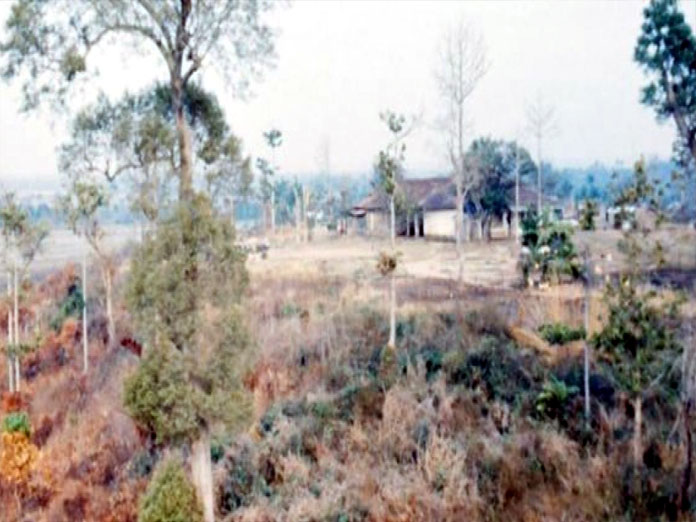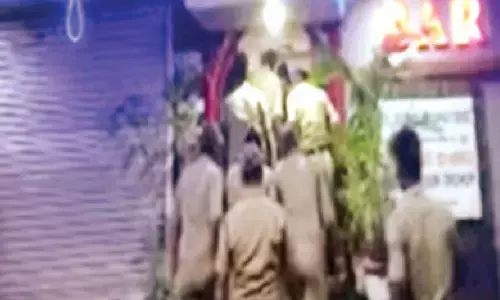Toxic byproducts of Agent Orange continue to pollute Vietnam environment

Agent Orange, a toxic herbicide that the US aircraft sprayed during the Vietnam War, continues to enter the Vietnamese food supply 50 years later, a study has found
Washington: Agent Orange, a toxic herbicide that the US aircraft sprayed during the Vietnam War, continues to enter the Vietnamese food supply 50 years later, a study has found.
During the Vietnam War, US aircraft sprayed more than 20 million gallons of herbicides, including dioxin-contaminated Agent Orange, on the country's rain forests, wetlands, and croplands. Agent Orange defoliated the thick jungle vegetation concealing Viet Cong fighters and destroyed a portion of the country's food crops, but it was primarily the dioxin contaminant that harmed so many Vietnamese and US military personnel. Researchers from the University of Illinois and Iowa State University in the US documents the environmental legacy of Agent Orange in Vietnam, including hotspots where dioxin continues to enter the food supply.
"Existing Agent Orange and dioxin research is primarily medical in nature, focusing on the details of human exposure primarily through skin contact and long-term health effects on US soldiers," said Ken Olson, a professor at University of Illinois. "We examined the short and long-term environmental effects on the Vietnamese natural resource base and how persistence of dioxin continues to affect soils, water, sediment, fish, aquatic species, the food supply, and Vietnamese health," said Olson. Agent Orange was a combination of two herbicides, 2,4-D and 2,4,5-T, neither of which persist longer than a few days or weeks in the environment when exposed to sunlight. However, during production of Agent Orange, a toxic byproduct formed: dioxin TCDD, the most toxic of the dioxin family of chemicals.
Once dioxin TCDD gets into the environment, it can stick around for decades or even centuries. That is what happened in the Vietnam landscape, researchers said. They examined an 870-page USAID report, as well as a dozen other research reports on Vietnam's contaminated airbase sites, to explain dioxin TCDD's movement and long-term fate throughout the Vietnam countryside. "The pathway begins with the US military spraying in the 1960s, absorption by tree and shrub leaves, leaf drop to the soil surface (along with some direct contact of the spray with the soil), then attachment of the dioxin TCDD to soil organic matter and clay particles of the soil," said Lois Wright Morton of Iowa State University.
From there, dioxin TCDD moved offsite in surface runoff, clinging to sediment particles and settling in wetlands, marshes, rivers, lakes, and ponds. Dioxin TCDD-contaminated sediment was -- and still is -- ingested by bottom-feeding fish and shrimp, accumulating in fatty tissue of those animals and up the food chain into many of the fish that form the basis of the Vietnamese diet.
Even though fishing is now banned from most contaminated sites, bans have been difficult to enforce and, as a result, dioxin TCDD is still entering the human food supply 50 years later. The article maps the 10 airbase sites where dioxin TCDD levels remain at dangerous levels, noting that millions of Vietnamese live in adjacent cities and villages. "The worst dioxin-contaminated site in Vietnam is Bien Hoa airbase, which is 30 miles north of Ho Chi Minh City," Olson said.




















